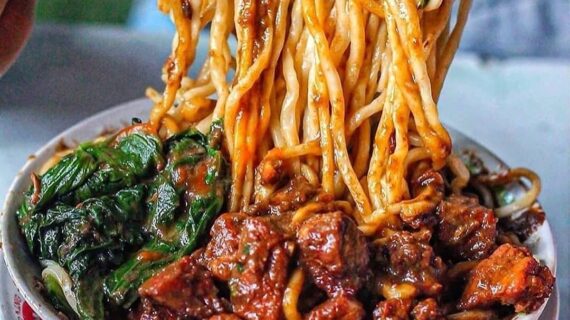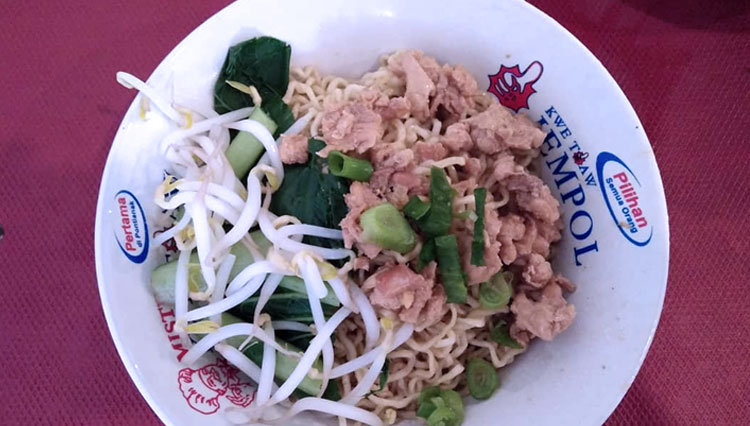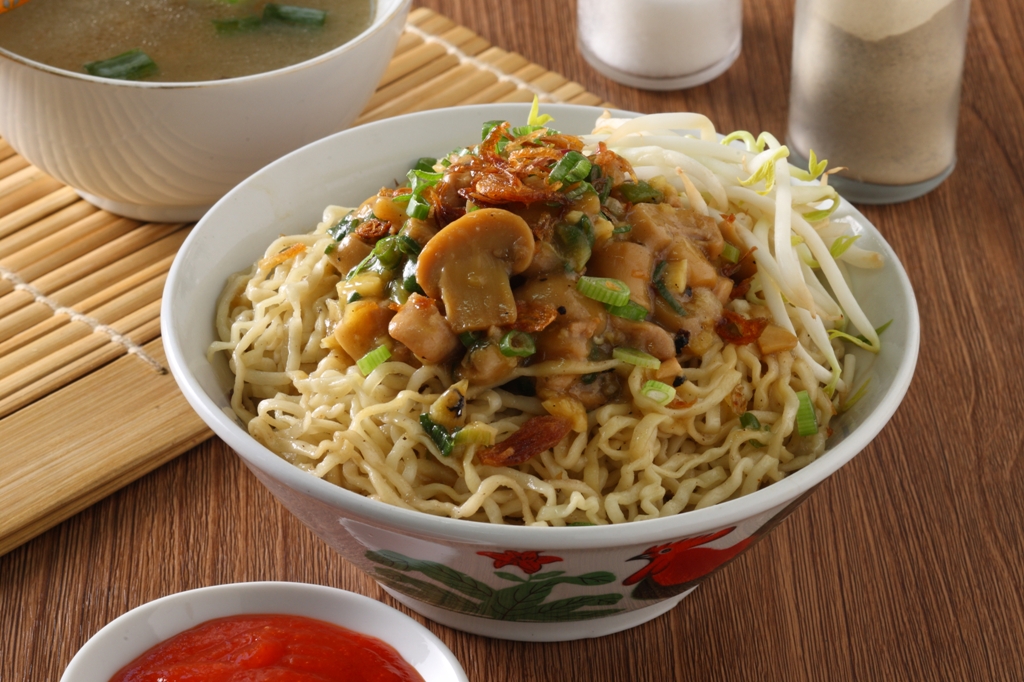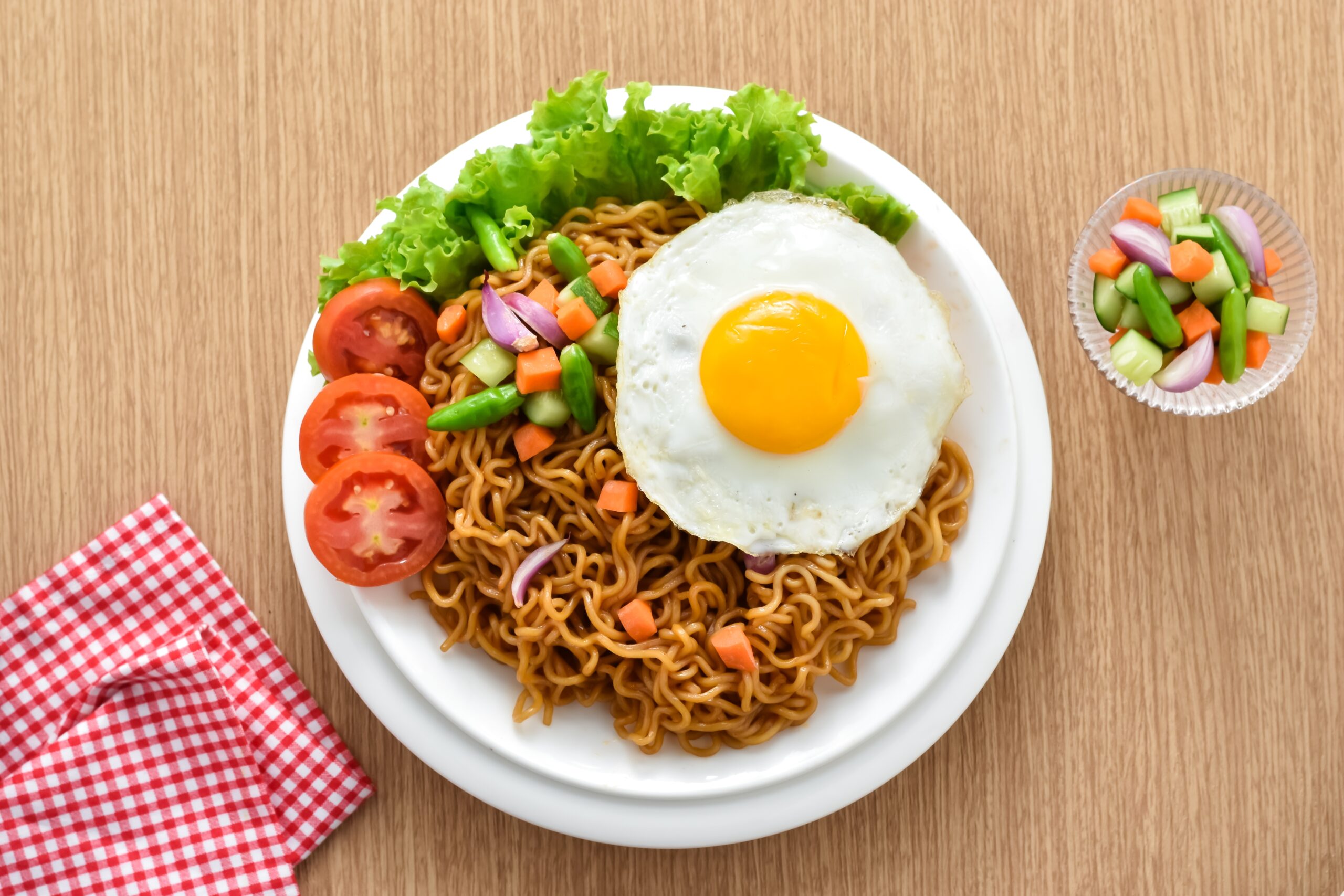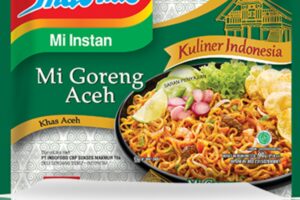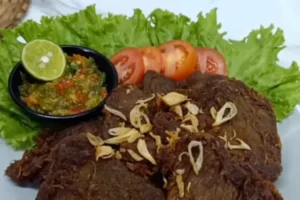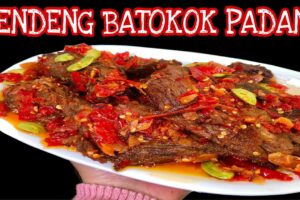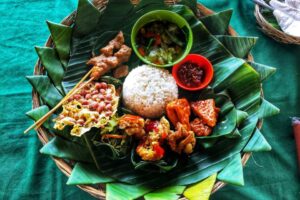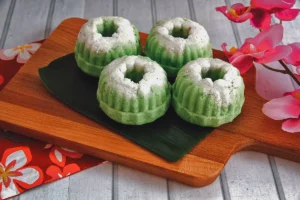Indonesia is a nation renowned for its diverse and flavorful cuisine, with each region boasting unique dishes that reflect its cultural and historical roots. Among these culinary treasures are two iconic noodle soups: Mie Celor from Palembang and Mie Bangka from Bangka Belitung. These dishes not only showcase the ingenuity of local cooking but also serve as a testament to the deep connection between food and identity in Indonesian culture.
The Origins and Significance of Mie Celor
Mie Celor, which translates to “blanched noodles” in Indonesian, is a beloved dish originating from Palembang, South Sumatra. It is often paired with Pempek, another famous regional delicacy, making it an essential part of Palembang’s culinary identity. The name “Celor” refers to the method of softening the noodles by briefly boiling them before adding them to the rich coconut milk-based broth. This technique gives the noodles their signature texture—firm yet tender.
The key ingredient in Mie Celor is shrimp, which contributes a savory depth to the broth. The soup is typically made using either fresh or dried shrimp, with the latter being ground into a powder and sprinkled over the noodles. The dish is garnished with bean sprouts, hard-boiled eggs, sliced celery, scallions, and fried shallots. A side of spicy sambal is often provided to enhance the flavor.

Mie Celor is more than just a meal; it is a symbol of Palembang’s heritage. The dish has been passed down through generations, with many restaurants in the city specializing in their own unique recipes. For locals and visitors alike, Mie Celor represents the heart of Palembang’s culinary tradition.
The Unique Flavors of Mie Bangka
While Mie Celor is deeply rooted in Palembang, Mie Bangka offers a different flavor profile, hailing from the island of Bangka in the Bangka Belitung province. Known for its bold and distinct taste, Mie Bangka is a favorite among both locals and tourists. Unlike Mie Celor, which uses coconut milk, Mie Bangka is typically served with a soy-based broth, giving it a richer and saltier flavor.
The main components of Mie Bangka include non-halal ingredients such as minced pork, which sets it apart from other noodle dishes in Indonesia. Toppings like sweet minced chicken, fish meatballs, dumplings, and local tofu add layers of complexity to the dish. Some vendors even offer fritters as an optional addition, while others recommend squeezing lime juice on top to brighten the flavors.
One of the most notable aspects of Mie Bangka is its adaptability. Diners can customize their orders based on their preferences, choosing from a wide range of toppings. This flexibility makes Mie Bangka a popular choice for those seeking a hearty and satisfying meal.
The Cultural and Regional Impact of These Dishes
Both Mie Celor and Mie Bangka play a significant role in shaping the cultural landscape of their respective regions. In Palembang, Mie Celor is not just a dish but a symbol of community and tradition. It is often served during special occasions and gatherings, reinforcing its importance in local customs. Similarly, in Bangka Belitung, Mie Bangka is a staple that reflects the region’s history of trade and cultural exchange.
These dishes also highlight the diversity of Indonesian cuisine. While Mie Celor emphasizes the use of seafood and coconut milk, Mie Bangka showcases the influence of Chinese and Malay culinary traditions. This blend of flavors and techniques is a hallmark of Indonesian food, where local ingredients are combined with global influences to create something truly unique.
How to Make Mie Celor and Mie Bangka at Home
For those interested in experiencing these dishes firsthand, both Mie Celor and Mie Bangka can be recreated at home with the right ingredients and techniques.
For Mie Celor:
– Use large yellow wheat noodles similar to Japanese buckwheat noodles.
– Prepare a rich coconut milk broth with shrimp (fresh or dried).
– Add bean sprouts, hard-boiled eggs, and garnish with scallions, celery, and fried shallots.
– Serve with a side of spicy sambal for added heat.
For Mie Bangka:
– Start with a soy-based broth, incorporating ingredients like pork, chicken, and fish meatballs.
– Add toppings such as tofu, dumplings, and fritters according to personal preference.
– Finish with a squeeze of lime juice for a refreshing twist.
Conclusion
Mie Celor and Mie Bangka are more than just meals—they are expressions of identity, history, and culture. These dishes capture the essence of their regions, offering a glimpse into the lives and traditions of the people who cherish them. Whether enjoyed in a bustling market in Palembang or a cozy eatery in Bangka Belitung, these noodles continue to bring joy and connection to those who savor them.

